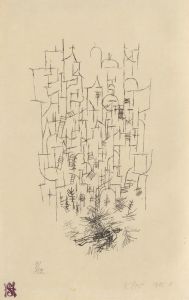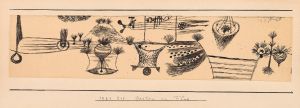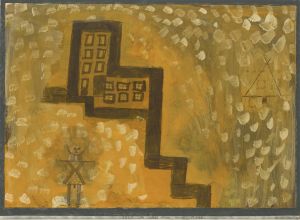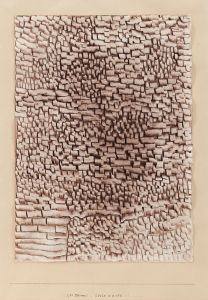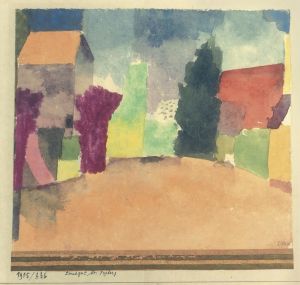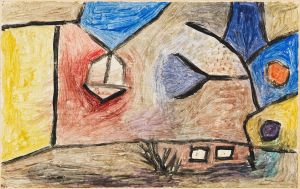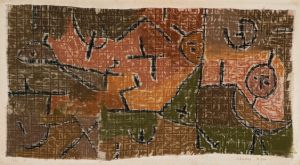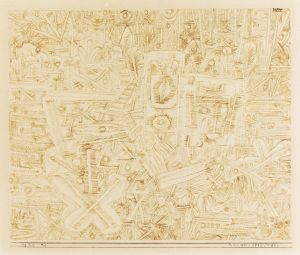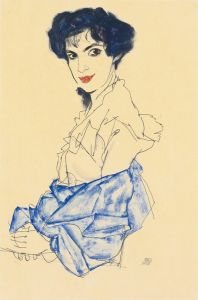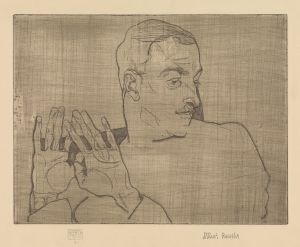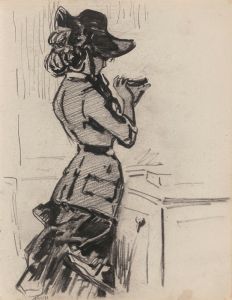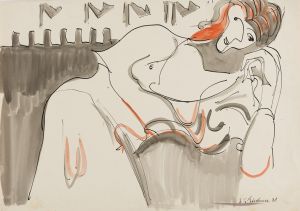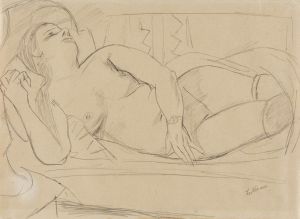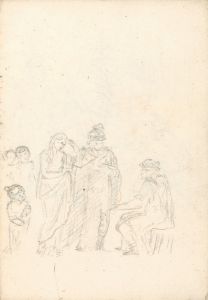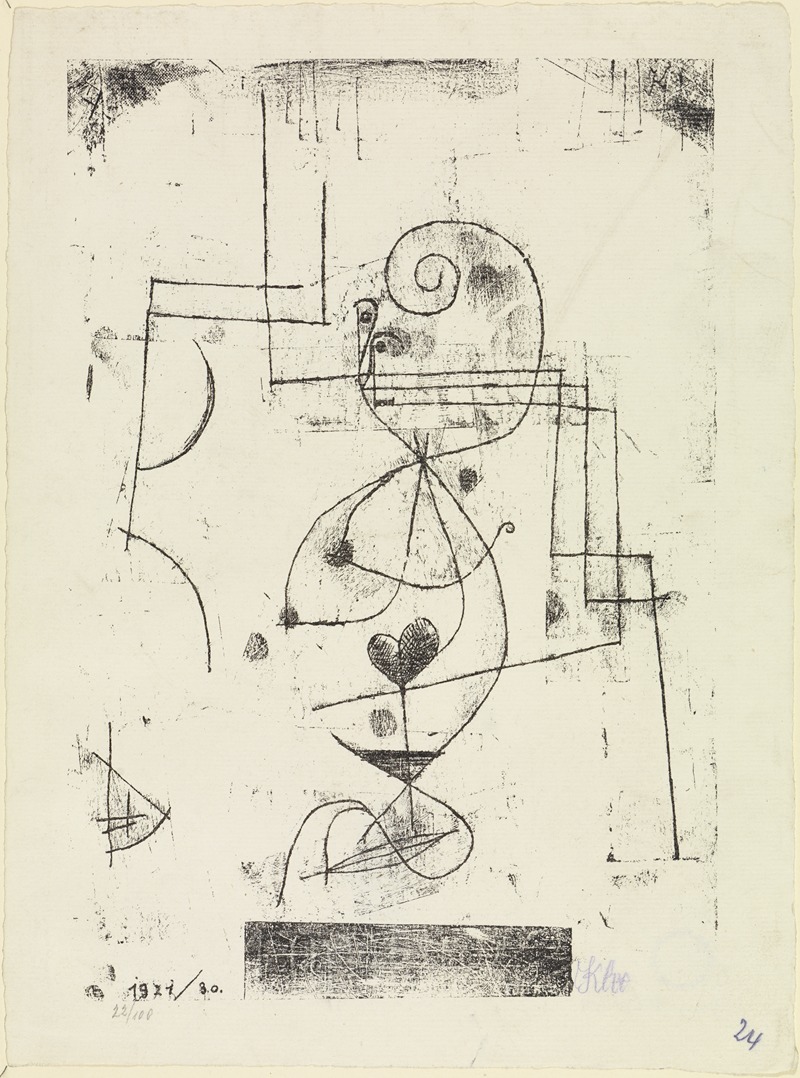
Herzdame
A hand-painted replica of Paul Klee’s masterpiece Herzdame, meticulously crafted by professional artists to capture the true essence of the original. Each piece is created with museum-quality canvas and rare mineral pigments, carefully painted by experienced artists with delicate brushstrokes and rich, layered colors to perfectly recreate the texture of the original artwork. Unlike machine-printed reproductions, this hand-painted version brings the painting to life, infused with the artist’s emotions and skill in every stroke. Whether for personal collection or home decoration, it instantly elevates the artistic atmosphere of any space.
Paul Klee, a Swiss-born painter with a unique style that straddled various art movements, created "Herzdame" (translated as "Queen of Hearts") in 1922. Klee was associated with the Bauhaus school of art, design, and architecture, where he taught from 1921 to 1931. His work is known for its whimsical, childlike qualities, and a deep exploration of color theory.
"Herzdame" is a prime example of Klee's innovative approach to art. The painting features a stylized figure of a queen, rendered in Klee's distinctive abstract style. The figure is composed of geometric shapes and vibrant colors, which are hallmarks of Klee's work. The use of color in "Herzdame" is particularly notable, as Klee was deeply influenced by his studies of color theory and his belief in the emotional power of color.
The painting reflects Klee's interest in combining elements of different art movements, including Expressionism, Cubism, and Surrealism. The abstract representation of the queen in "Herzdame" showcases Klee's ability to blend these influences into a cohesive and unique visual language. The geometric shapes and the interplay of colors create a sense of depth and movement, drawing the viewer into the composition.
Klee's work often incorporated elements of fantasy and playfulness, and "Herzdame" is no exception. The title itself, "Queen of Hearts," suggests a connection to playing cards and games, which aligns with Klee's interest in the playful and imaginative aspects of art. The painting's whimsical nature is further emphasized by the stylized and almost cartoonish depiction of the queen, which contrasts with the more rigid and formal representations of royalty in traditional art.
"Herzdame" was created during Klee's time at the Bauhaus, a period that was highly productive and influential in his career. At the Bauhaus, Klee was surrounded by other avant-garde artists and thinkers, which fostered an environment of experimentation and innovation. This environment undoubtedly influenced Klee's work, including "Herzdame," as he explored new techniques and ideas.
The painting is part of Klee's broader body of work, which includes over 9,000 pieces created throughout his lifetime. Klee's art has been celebrated for its originality and its ability to evoke a sense of wonder and curiosity. "Herzdame" is a testament to Klee's skill as an artist and his ability to create works that are both visually striking and intellectually stimulating.
Today, "Herzdame" is held in high regard as an important piece in Klee's oeuvre. It is often studied and admired for its innovative use of color and form, as well as its playful and imaginative qualities. The painting continues to be a source of inspiration for artists and art lovers alike, highlighting Klee's enduring legacy in the world of modern art.





